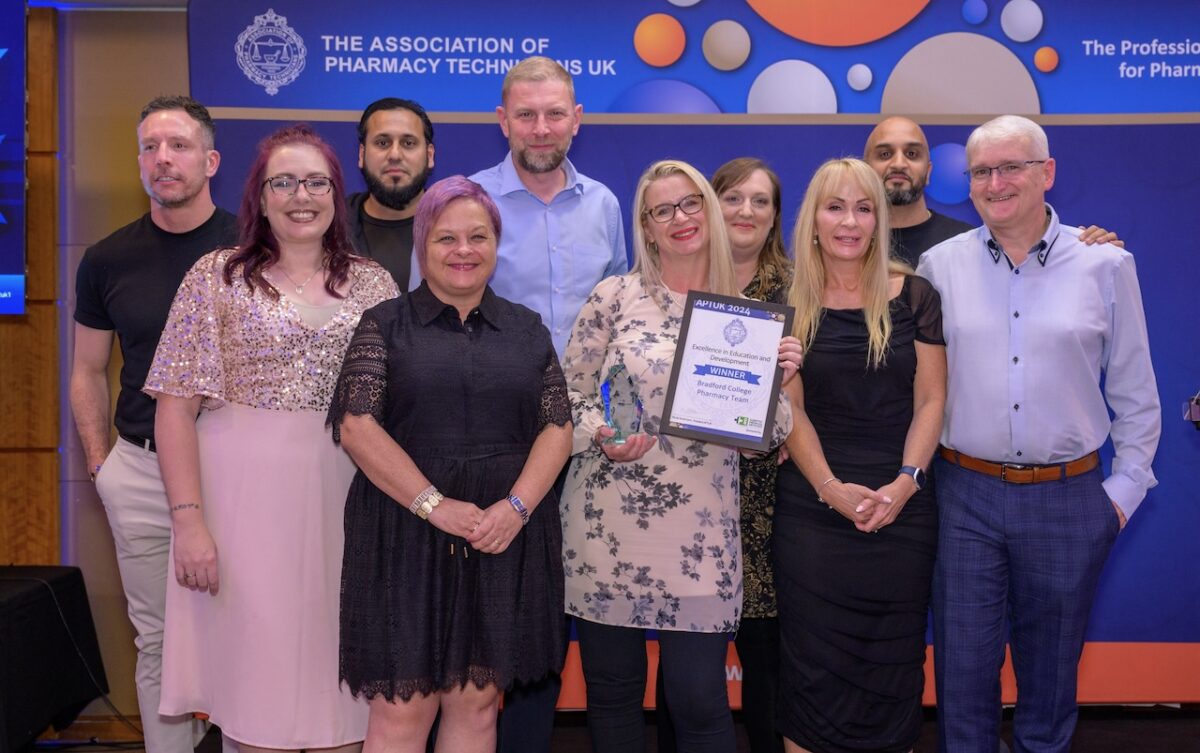Beyond the whiteboard: where does maths go next?

It’s ironic, isn’t it? While education technology is rapidly transforming teaching and learning, it sometimes seems that maths has been left behind in the rush.
Despite initial negative reactions from educators, pocket calculators were an essential piece of kit for every student by the 1980s, and mandated by many exam boards. Take a quick look at modern learning: it’s not hard to see how technology has provided new ways for students to collaborate, apply critical thinking, problem-solve and be creative—the very skills that are prized in the modern workplace. There’s no end of apps, programmes and websites focused on literacy, languages and history. But mathematics has stubbornly resisted many attempts to digitise teaching pedagogy. So what’s going on?
Despite calculator’s being one of the first pieces of technology to be introduced into student learning, and the massive strides technology is bringing to other disciplines in today’s modern teaching, when you look at the structure of maths learning, it hasn’t changed a lot. Chromebooks and iPads sit alongside calculators in the maths student toolkit, but the struggle to integrate the two has always been that with maths, we’re looking at a whole different language.
Originally designed primarily for text entry, a keyboard and mouse aren’t the most intuitive ways to input something as simple as fractions or long division, never mind the solution to a quadratic equation or basic algebra. As a result, the whiteboard – plus good old pen and paper – have remained default choices for educators and students to scribble formulae, graphs and other maths expressions.
Educators hardly need reminding that technology plays a central role in boosting student engagement and more importantly, in deepening learning. So surely it’s time to reassess its value in developing problem-solving and thinking skills across mathematics and other STEM disciplines.
Technology’s biggest benefit is the ability to provide students with an array of ways to express and articulate their learning. Whether it’s fun new ways to visualise a function – or the ability to kick ideas back and forth in a shared virtual workspace – technology gives students the freedom to build mathematical language and vocabulary, and be empowered on their own learning journey to choose ways to engage and express themselves like never before.
Surely more than any other subject, insight into mathematical concepts comes to students in a series of penny-dropping moments. A fun interactive game or a simple diagram can make frustrating barriers to understanding vanish in a moment. Whether it’s videos or animations, digital media can help bring virtually any mathematical concept to life in exciting new ways – new ways that give context and meaning to learning. Indeed, there’s strong evidence to support the notion that all students – regardless of their strengths or challenges – benefit from the visualisation of mathematical concepts and the ability to interact with them in real time.
Of course digitising maths brings other big benefits to learning – tech offers a huge leap forward for accessibility and inclusion, allowing students with diverse needs to engage and interact with content in ways that are easier for them – whether it’s a simple screen reader function or more flexible, comfortable ways to input and manipulate expressions.
With Texthelp’s EquatIO, today’s students can speak into their computers and watch equations magically write themselves on screen – even if they don’t yet fully understand what the visual notation looks like on the page. Likewise, predictive text allows them to start typing equations and see how it might look in its completed form, without having to laboriously memorise a formula and type it in every time using ALT key codes or hunting down buttons for symbols such as square root (√) or Pi (π).
Perhaps the most exciting avenue that tech opens up for teaching and learning mathematics is true collaboration. Working in a Google environment, for example, has changed the way we use documents, presentations and worksheets as organic, evolving entities.
Whilst understanding the theory behind mathematical formulae is still crucial, surely, the real focus now is shifting towards how students can take all the information that’s readily available and apply it in meaningful ways that suit every individual’s approaches to learning.
Many of these tools for change are already in our grasp, with more arriving all the time.
It’s the real-world application of new technology to collaborate, share, and learn in the way that works best for students that holds so much promise.











Responses